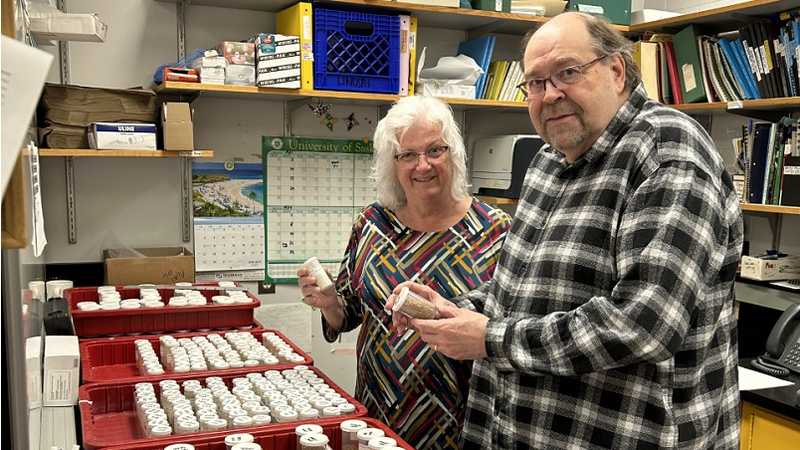
New online nutrient calculator uses Prairie data
Farmers and agronomists have a new tool at their disposal that will help them get a more complete picture of the nutrient requirements of key crops grown across Western Canada.
Two University of Saskatchewan (USask) soil scientists have just put the finishing touches on a new Prairie Nutrient Removal Calculator, an online tool that provides important information to help make on-farm fertilizer decisions during the 2023 growing season.
Researchers Drs. Fran Walley and Rich Farrell led the three-year project. Other collaborators came in the form of industry representatives and numerous producer groups.
Walley said it’s not a new concept, but the calculator contains local data collected from commercial farms in Manitoba, Saskatchewan, and Alberta. The calculator provides nutrient removal rates for commonly grown Prairie crops.



